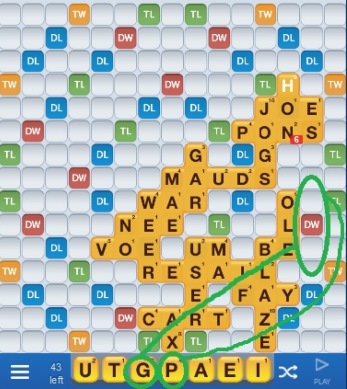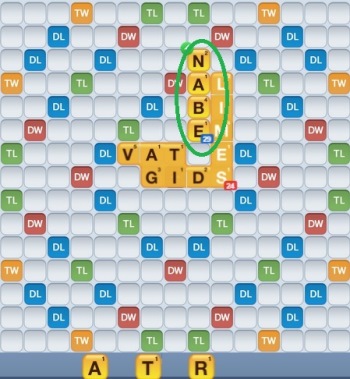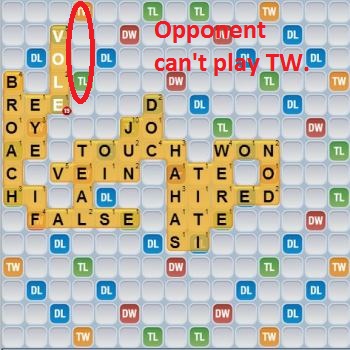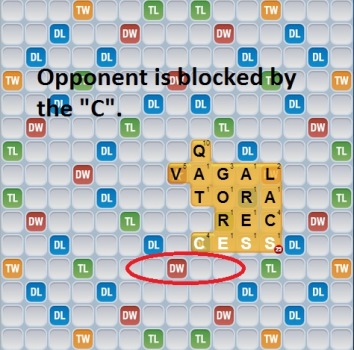1. Cord cutting step 1 – Replace DirectTV with streaming service(s) – As one of millions who decided to ditch cable and/or satellite TV providers, our move to YouTube TV (w/ local channels, 6 accounts and unlimited DVR) was one of the best decisions of the year. While a plethora of options exist for your replacement, be prepared for the shyster-y tactics of the behemoth providers to keep you hooked on their overpriced offerings.
2. Cord cutting step 2 – Replace landline with VoIP – A major benefit of converting our landline number to Google Voice (using ObiTalk) was NO MORE SPAM CALLS! We retained our home number of almost 20 years and now have phones (along with 911 service) in almost every room of the house. As a bonus, our voicemail is always transcribed into an email, and our “landline” can now send/receive texts.
3. Cord cutting step 3 – Replace security system with Nest – While I shouldn’t be documenting this on the Internet, the Nest experience (Secure w/ Hello) is well worth the extra $$. The camera and alarm combo is quite useful for deliveries and visitors, and the built-in cellular option with battery backup allows operation even if the power and/or Internet are out.
4. Hanging pictures with ease – The hands-down easiest way to hang something on the wall is with the Beehive picture hangers (available via Amazon). Two tiny screws attach the hanging bracket, and leveling is accomplished by making tiny adjustments of the picture frame. Long gone are the days of tape measures, stud finders and sheet rock anchors as hanging becomes a hassle-free 5 minute task.
5. Curtailing identity theft – Over the past few years, we’ve had our credit card number hijacked more than a dozen times along with a falsified tax return filed in our name. With a few simple tweaks, we’ve minimized our risk and the associated headaches.
a. Have you been hacked? Look yourself up and fix your identity on the dark web.
b. Freeze your credit report at all three credit bureaus. Yes, you can temporarily unfreeze it as needed, and no, it won’t affect your credit score.
c. Get a separate travel credit card. Use it exclusively when out of the country (or w/ small vendors in the states). First, you’ll have a backup while traveling, and second, there’s no need to re-establish all of those recurring charges on your main card, if/when your travel card gets jacked.


















You must be logged in to post a comment.